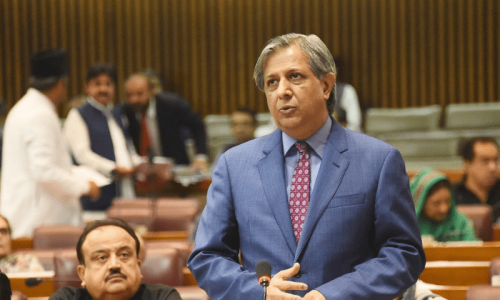If one insists as we do, on colonisation as the frame of reference for understanding the political reality in Palestine, one should naturally accept that decolonisation is necessary. — Architecture After Revolution, 2014
Architecture and design are key elements in upholding systems of colonial control and oppression, and therefore must become primary sites in the struggles for decolonisation. In 1947, when the Viceroy’s House was evacuated in Delhi, Gandhi wanted to turn it into a hospital, reusing colonial structures saturated with violence for new non-violent purposes. But Nehru insisted on turning it into the President House, thereby reproducing colonial hierarchies.
Karachi suffers a similar fate. Rather than subversion and reuse of colonial buildings, they continue to be used to perpetuate exploitative power relations. Rather than critically re-examining colonial architecture, we often engage in nostalgic valourisations of colonial remnants, spending millions on heritage conservation.
An important example of radical practices to rethink colonial architecture is found in the “Decolonising Architecture Art Residency (DAAR)” — a research and pedagogical experiment initiated by Alessandro Petti, Sandi Hilal and Eyal Weizman in Beit Sahour, Bethlehem, in 2007. Set up as an architectural studio and a residency programme, the DAAR uses spatial practise as a form of political intervention. It has brought together architects, artists, activists, urbanites, filmmakers and curators to work collectively on subjects of politics and architecture, and to discover the possibilities of thinking politics through architecture in the here and now of the conflict over Palestine. The residency combines research, discursive and spatial intervention, collective learning, public meetings and legal challenges.
Rather than focusing on acts of revolt, the DAAR contemplates on the ‘morning after’ of the revolution. They imagine collective action and strategies for decolonisation in the eventuality of further partial or complete evacuation of Israeli colonies. They imagine the reuse, re-inhabitation and recycling of Israel’s colonial architecture. For them, decolonisation becomes the counter-apparatus to restore to common use what the colonial order has separated and divided, learning to make new uses of previous structures of domination.
 |
| Return to nature, 2008. This project is an architectural proposal that imagines the decolonisation and re-use of the evacuated Israeli military outpost of Oush Grab in Beit Sahour, Bethlehem |
The DAAR seeks to reuse and profane rather than reject the material conditions of existing colonialism, finding “cracks and loopholes within the existing colonial systems of separation and control”. Their project is an architectural and political thought experiment that “mobilises architecture and individual buildings in our vicinity as optical devices and as tactical tools within the unfolding struggle for Palestine.”
Published in Dawn, Sunday Magazine, August 2nd, 2015
On a mobile phone? Get the Dawn Mobile App: Apple Store | Google Play

















































